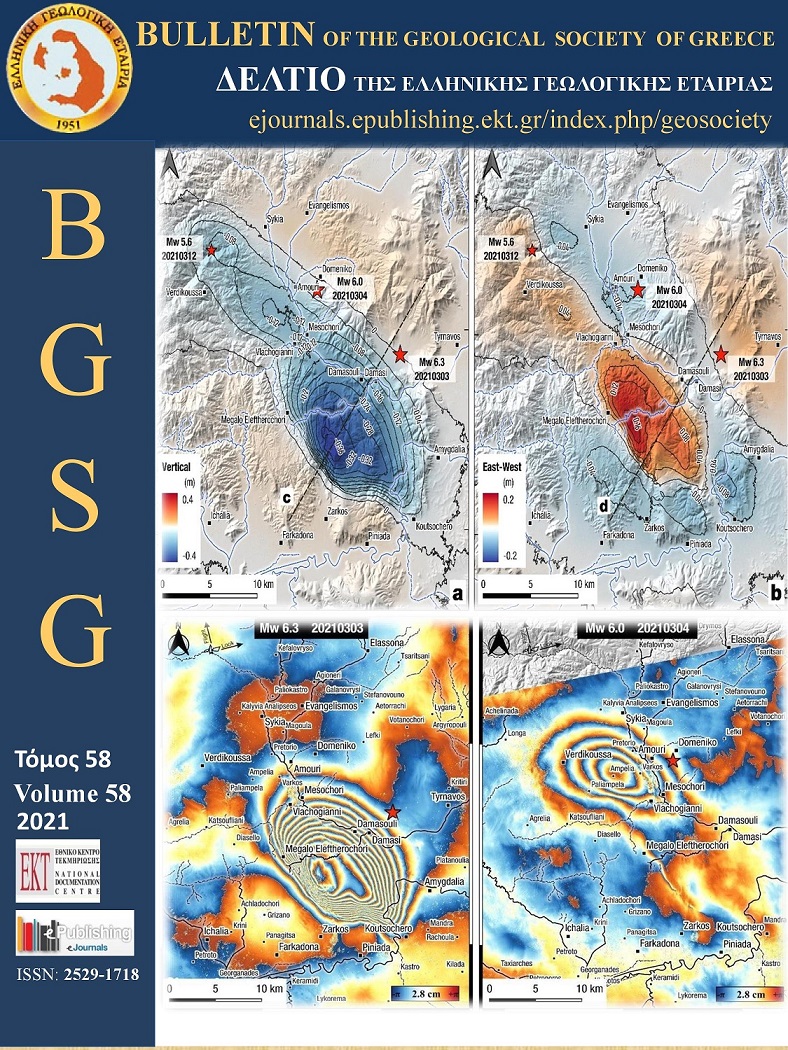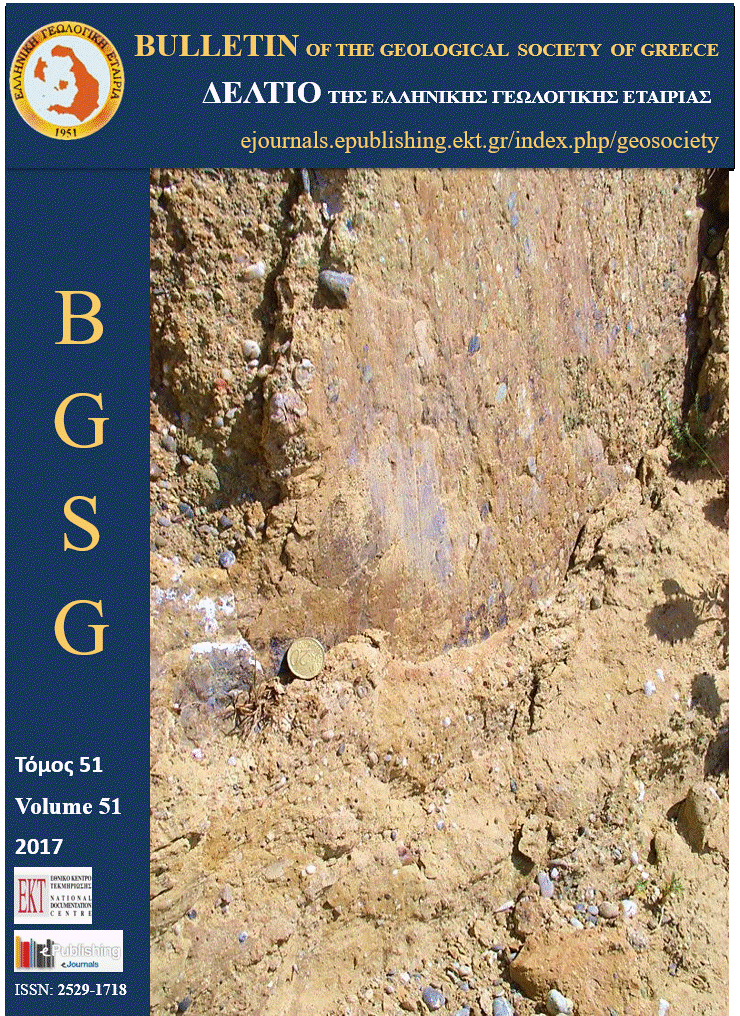Lower Ionospheric Turbulence Variations During the Recent Activity of Etna’s Volcano, Sicily, in December 2018

Abstract
In this paper, we present an investigation on the ionospheric turbulence from TEC observations before and during the recent activity of Etna’s Volcano. Mount Etna is located close to the eastern coast of Sicily. The last eruption of Etna volcano took place on 24 December 2018 while two days later (26 December, 02:19 UTC) an earthquake of M=5.0 occurred ~15 km to the ESE of the volcano, causing damage to the nearby city of Catania. The results of our investigation, on the occasion of the Etna’s Volcanic activity, indicate that the high-frequency limit fo of the ionospheric turbulence band content, is increasing with time to the volcano eruption while, at the same time, fo isdecreasing with distance from the volcano. We conclude that the LAIC mechanism through acoustic or gravity waves could explain this phenomenology, as it has happened in cases of earthquake activity. Our observations indicate that the effect of volcanic eruption on the band content of the ionospheric turbulence is insignificant at distances greater than 1000km (at the most), a fact that we must consider in our research on Ionospheric turbulence in relation to earthquake precursors research.
Article Details
- How to Cite
-
Contadakis, M. E., Arabelos, D., & Scordilis, E. (2019). Lower Ionospheric Turbulence Variations During the Recent Activity of Etna’s Volcano, Sicily, in December 2018. Bulletin of the Geological Society of Greece, 55(1), 19–33. https://doi.org/10.12681/bgsg.20517
- Section
- Natural Hazards

This work is licensed under a Creative Commons Attribution-NonCommercial 4.0 International License.
Authors who publish with this journal agree to the following terms:
Authors retain copyright and grant the journal right of first publication with the work simultaneously licensed under a Creative Commons Attribution Non-Commercial License that allows others to share the work with an acknowledgement of the work's authorship and initial publication in this journal.
Authors are able to enter into separate, additional contractual arrangements for the non-exclusive distribution of the journal's published version of the work (e.g. post it to an institutional repository or publish it in a book), with an acknowledgement of its initial publication in this journal. Authors are permitted and encouraged to post their work online (preferably in institutional repositories or on their website) prior to and during the submission process, as it can lead to productive exchanges, as well as earlier and greater citation of published work.




